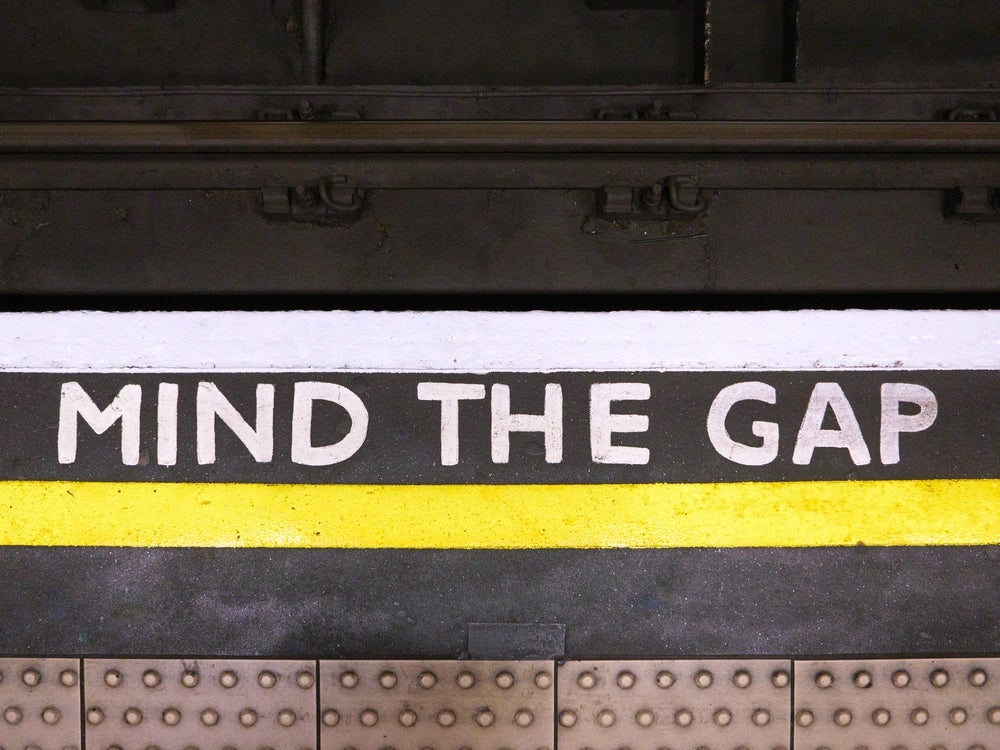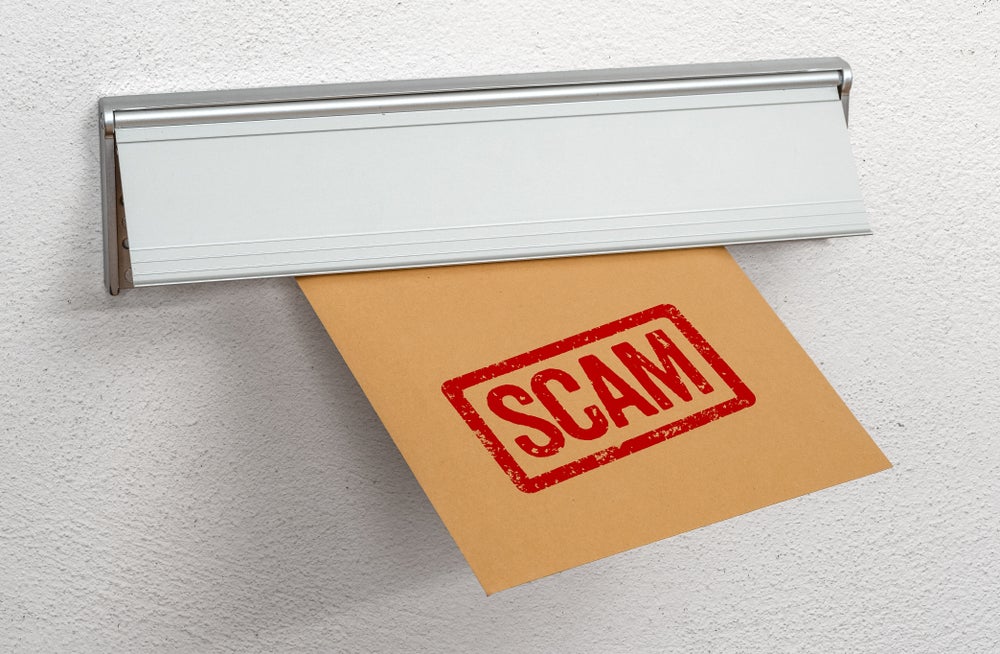In the current climate, businesses are operating under intense pressure and are examining how to adapt and improve their performance. They may be exploring new markets, alternative delivery models or innovative products, and while the focus is rightfully on their core business, other areas are also worth exploring when pursuing savings or cashflow improvements. Juraj Maholanyi, director – indirect tax, and Sylvia Petkova, VAT technical manager at TMF Group outline approaches to achieving benefits through VAT
VAT is a consumption tax, which means it is borne ultimately by the final consumer. Businesses act only as its collectors. This means VAT should not represent a cost to the business.
There are exceptions to this rule – for example, businesses that provide exempt supplies – but in this article we will focus on businesses that can recover VAT in full, and should not bear its costs.
There are various benefits that could be identified when reviewing VAT processes, which can be split broadly into the following categories:
- Savings;
- Cashflow improvements;
- Reliefs.
Savings
Businesses can achieve savings when claiming all input VAT to which they are entitled, according to local VAT rules.
How well do you really know your competitors?
Access the most comprehensive Company Profiles on the market, powered by GlobalData. Save hours of research. Gain competitive edge.

Thank you!
Your download email will arrive shortly
Not ready to buy yet? Download a free sample
We are confident about the unique quality of our Company Profiles. However, we want you to make the most beneficial decision for your business, so we offer a free sample that you can download by submitting the below form
By GlobalDataWhile in general, companies are recovering VAT on purchases, there may be instances when a business does not do so, either due to perceived complexity or lack of internal processes identifying the VAT to be claimed.
One example could be VAT incurred on travel and entertainment expenses. Business travel, subsistence and other expenses incurred by staff can, in general, be recovered, although the rules for recovery differ in each country. These will not usually be significant individual items, but the costs can add up, especially for companies with numerous business travellers. And while business travel has significantly decreased this year, there are still options to recover VAT incurred in previous years.
Another area to examine is VAT paid abroad. As well as travel expenses, these could also include purchases of goods and services used in business that are taxed abroad. VAT on these items can be recovered either by filing a VAT refund claim with the tax authorities, or through a local VAT registration, depending on the nature of the business and transactions carried out in that country.
Cashflow improvements
One area where cashflow improvements can be achieved is imports of goods.
In general, when businesses import goods from abroad, they have to pay import VAT to customs or tax authorities. They can then recover this import VAT, provided the conditions for VAT deduction are met. However, some countries allow businesses to account for import VAT through VAT returns. This means import VAT is settled through a reverse charge mechanism, so no import VAT is paid to the authorities; it is only reported via its VAT returns.
This simplification is usually subject to approval from local tax authorities, and a company must meet specific conditions for its application, which can include bank guarantees. However, it is still beneficial to investigate local conditions and apply for this simplification, as this results in no up-front payments of import VAT, and significant cashflow improvements.
Reliefs
This year, multiple countries introduced various schemes and measures to support business and consumers during the crisis. These include temporary reductions of VAT rates, either in general or on specific products and services, or extended deadlines for VAT returns and payments of taxes.
Besides the above reliefs, it is also worth examining bad debt relief for VAT. This allows companies to recover VAT paid to tax authorities when customers do not pay them in full, or even at all. Countries offering these schemes set certain conditions for claiming VAT on bad debts, but it is advisable to explore whether these conditions are met, and if so, to apply for this relief, which reduces costs related to unpaid invoices.
Other reliefs or schemes are available to businesses if they meet certain criteria. These can include cash accounting schemes, annual accounting schemes, accelerated refunds and other country-specific options that can bring various benefits to businesses.
In summary, while VAT may not be an obvious area on which to focus when looking for savings, it offers numerous options to achieve benefits that are worth exploring.





